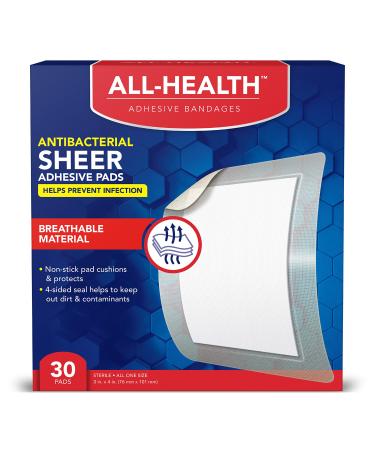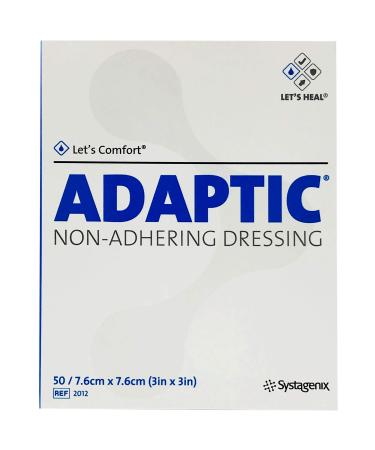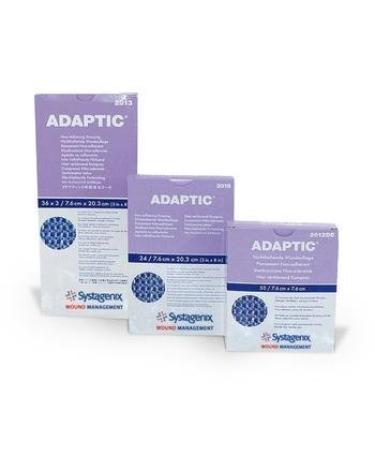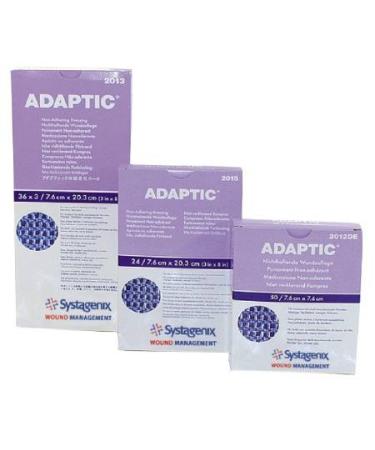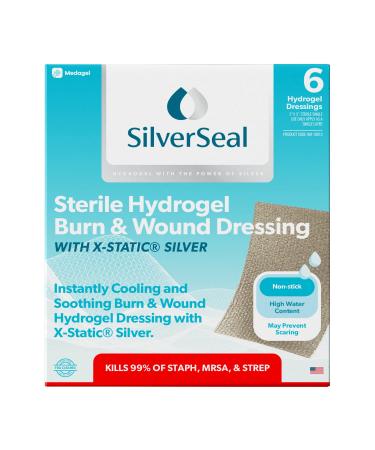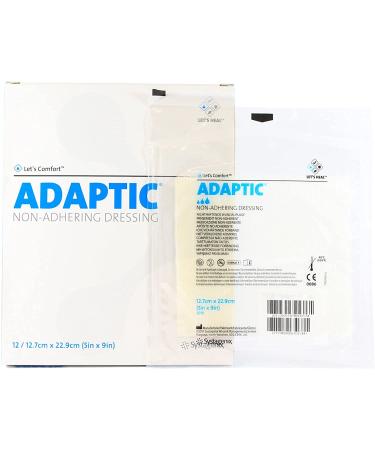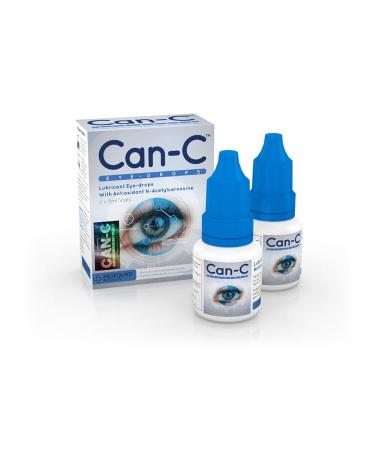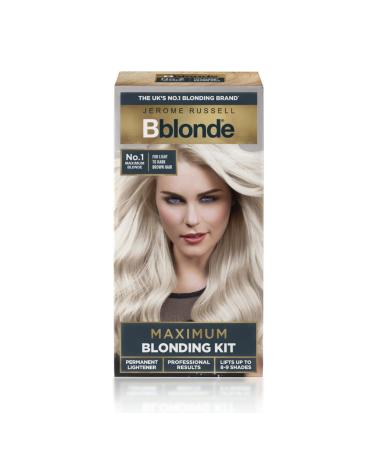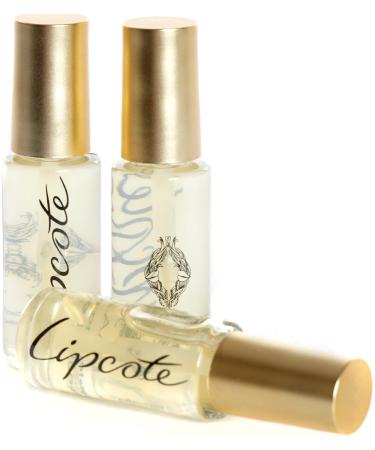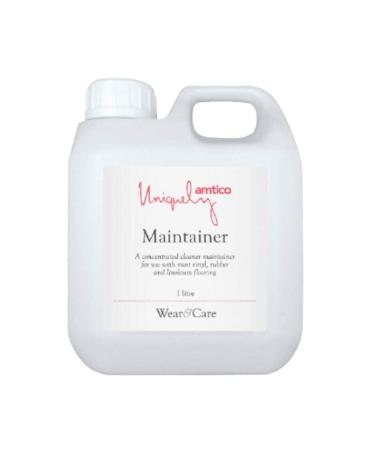Keep tearing the skin when you changing the bedsore bandages? When it comes to non-adherent wound dressing, silicone wound contact layer is a primary dressing for use when adherence to the wound is a potential problem. * Silicone wound contact layer minimizes discomfort and potential trauma during removal * Soft silicone contact wound dressing for first and second degree burns won’t disturb the granulation and epithelization processes, which are crucial to the formation of new tissue * Allows fewer dressing changes, fewer trauma during dressing removal, fewer disturbances to the wound * Silicone wound contact layer for leg ulcer prevents an outer dressing from sticking to the wound the skin around the wound * Open perforated structure allows exudate to pass vertically into the outer absorbent dressing * Seals the wound margins to protect skin from damaging leaks and maceration * High transparency perforated design allows wound inspection during application and easy delivery of topical treatments without removing contact layer * Flexible conforms to the shape of the wound and body contours for comfortable * Ideal for use on many different wounds including Bedsore leg ulcer skin tears, skin abrasions, blistering and lacerations, surgical wounds, partial thickness burns, leg and foot ulcers, dry to heavy drainning superficial wounds and fragile skin wounds * Designed for the treatment of postoperative wounds, first-and second-degree burns, partial to full thickness wounds, stage I-IV pressure ulcers and arterial and venous leg ulcers * As a carrier for topical ointments as well as in conjunction with negative pressure wound therapy dressings Note: Use with secondary absorbent dressings Contraindications: Third-degree burns and individuals with known sensitivity to siliconeTRUE UNDISTURBED HEALING - Contact wound layer will not dry out, does not stick to the moist wound, forms a protective barrier for granulation tissue to grow undisturbed by frequent changes of the secondary dressing being used. Silicone wound contact layer don’t have to be changed every time you change the secondary dressing, last up for 14 days, protect new tissue and intact skin, so wound remain undisturbed to support faster natural healing, provide optimal patient comfort and recovery. GREAT CHOICE FOR PRIMARY DRESSING - Silicone wound contact layer is a primary dressing for use when adherence to the wound is a potential problem. Non-adheret silicone contact layer creates a layer between the secondary dressing and the wound surface, have minimall adhesive to the wound and surrounding tissues, low trauma/pain on removal, prevent secondary dressings from adhering to fragile wounds/skin. Allowing for effective exudate removal and topical treatment application. GAME-CHANGER IN WOUND CARE - Silicone wound contact layer dressing suit for dry to heavy exudating injuries, including superficial, chronic, acute fragile wounds. Wound contact layer is indicated for use in combination with a secondary absorbent dressing or with topical medications on a wide range of wounds, skin tears abrasions grafts donor sites, cuts lacerations, blisterings, surgical trauma incisions, bedsore, first-and second-degree partial thickness burns, venous arterial ulcers. POROUS MESH DESIGN MINIMIZING THE RISK OF MACERATION - Thin flexible silicone wound contact layers conform to body contours for a comfortable yet seals nicely the wound edges. Non-adhering silicone wound dressing pad let exudate pass freely and effectively transfers exudate to the absorbent dressing, prevent the exudate from leaking onto the surrounding skin, thus minimizing the risk of exudate pooling and maceration whilst without hindering the function of the absorbent dressing. TRAUMA-FREE DRESSING CHANGES - Silicone wound contact layer its ability to minimize pain and potential trauma during dressing removal. The gentle silicone adhesion ensures that the dressing adheres securely to intact skin, but not to the wound bed. Silicone wound contact layer allows for pain-free removal for absorbent dressing, reducing patient discomfort and minimizing the risk of wound disturbance or damage. Increg comfort for the patient, promoting patient wellbeing quality of life.



